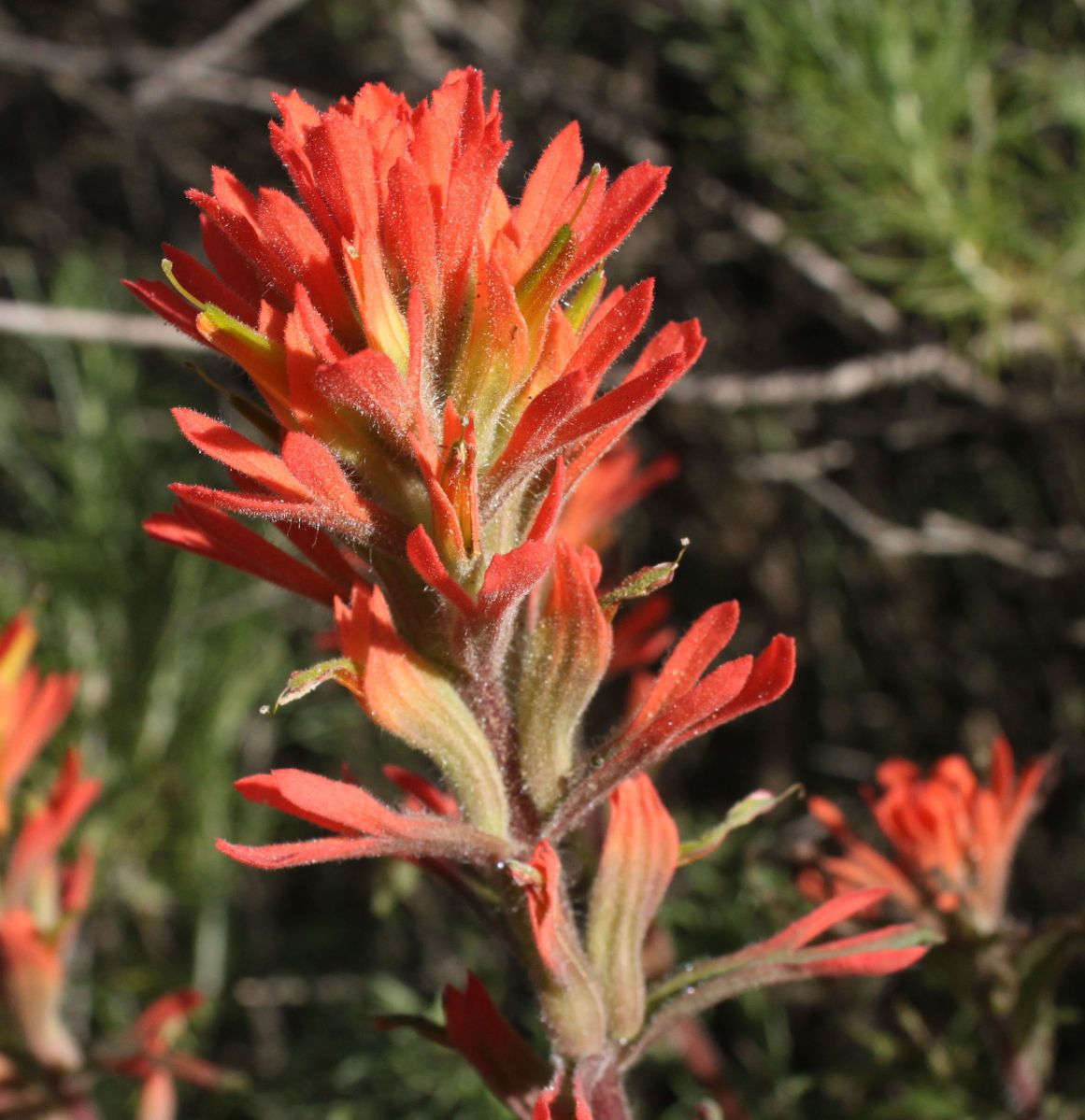

Seed: generally +- brown, attached at base coat netted, net-like walls ladder-like or not. Flower: calyx unequally 4-lobed, colored like bract tips corolla upper 2 lip lobes fused, beak-like, tip open, lower lip reduced, 3-toothed to -pouched stamens 4, anther sacs 2, unequal stigma entire to 2-lobed, generally exserted. Inflorescence: spike-like bracts becoming shorter, wider, more lobed than leaves, mature tips generally cream to red or green. Taxa of Orobanche in TJM2 treated here in Aphyllon and Phelipanche.ĮFlora Treatment Author: Margriet Wetherwax, except as noted Note: High yield losses in many crops caused by Orobanche and Phelipanche species in Africa, Mediterranean, Middle East, and eastern Europe.

Genera In Family: 101 genera, 2060 species: worldwide, especially northern temperate and Africa. Seed: many, small, angled surface smooth or netted. Fruit: capsule, generally +- ovoid, loculicidal, valves 2-4. Flower: bisexual calyx lobes 0-5 corolla generally strongly bilateral, generally 2-lipped (upper lip generally 2-lobed, lower lip generally 3-lobed), abaxial lobes outside other lobes in bud stamens epipetalous, 4 in 2 pairs (sometimes 1 pair sterile), additional staminode 0(1), anther sacs unequal ovary superior, chambers 1-2, placentas 2-4, parietal, style 1, stigma lobes 0 or 2. Inflorescence: spike to panicle, generally bracted, or flowers 1-2 in axils. Leaf: generally simple, generally alternate, reduced to +- fleshy scales in non-green plants lacking chlorophyll stipules generally 0. Habit: Annual, perennial herb, shrub often glandular root-parasites, roots modified into absorptive structures.


 0 kommentar(er)
0 kommentar(er)
